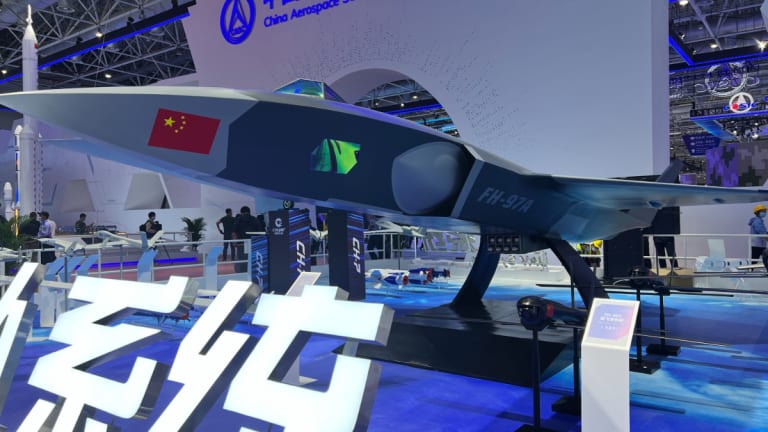John Reed and Chloe Cornish

Until the spring of 2020, China and India took elaborate precautions to avoid tensions along the shared northern border where they had fought a war almost six decades earlier.
Soldiers along the Line of Actual Control, as India and China call the disputed border between the Indian territory of Ladakh and China’s Tibet and Xinjiang regions, would typically patrol unarmed, sometimes leaving cigarette packets or other local-language litter in the buffer zone to signal to the other side that they had been there.
When patrols from the Indian Armed Forces and People’s Liberation Army physically met, they would display banners warning the other side that they had encroached on their national territory, and ordering them to retreat.
But in April and May 2020, Chinese troops broke this status quo when they cut off some of the Indians’ traditional patrol routes in eastern Ladakh. Shouted arguments and fistfights escalated into soldiers attacking one another with clubs and stones. By the end of the clashes, 20 Indian soldiers and four Chinese soldiers were reported dead.

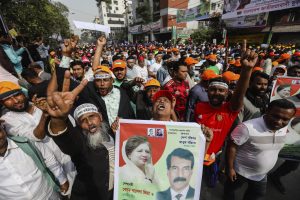

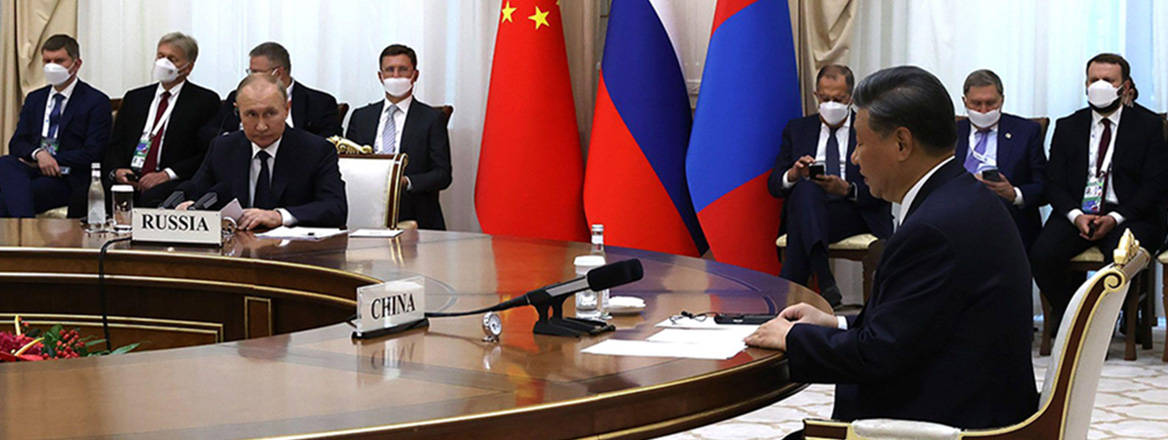

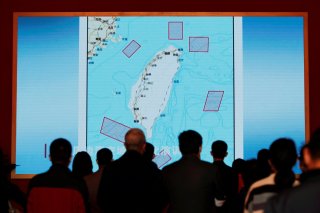

/cdn.vox-cdn.com/uploads/chorus_image/image/71734873/1245472130.0.jpg)




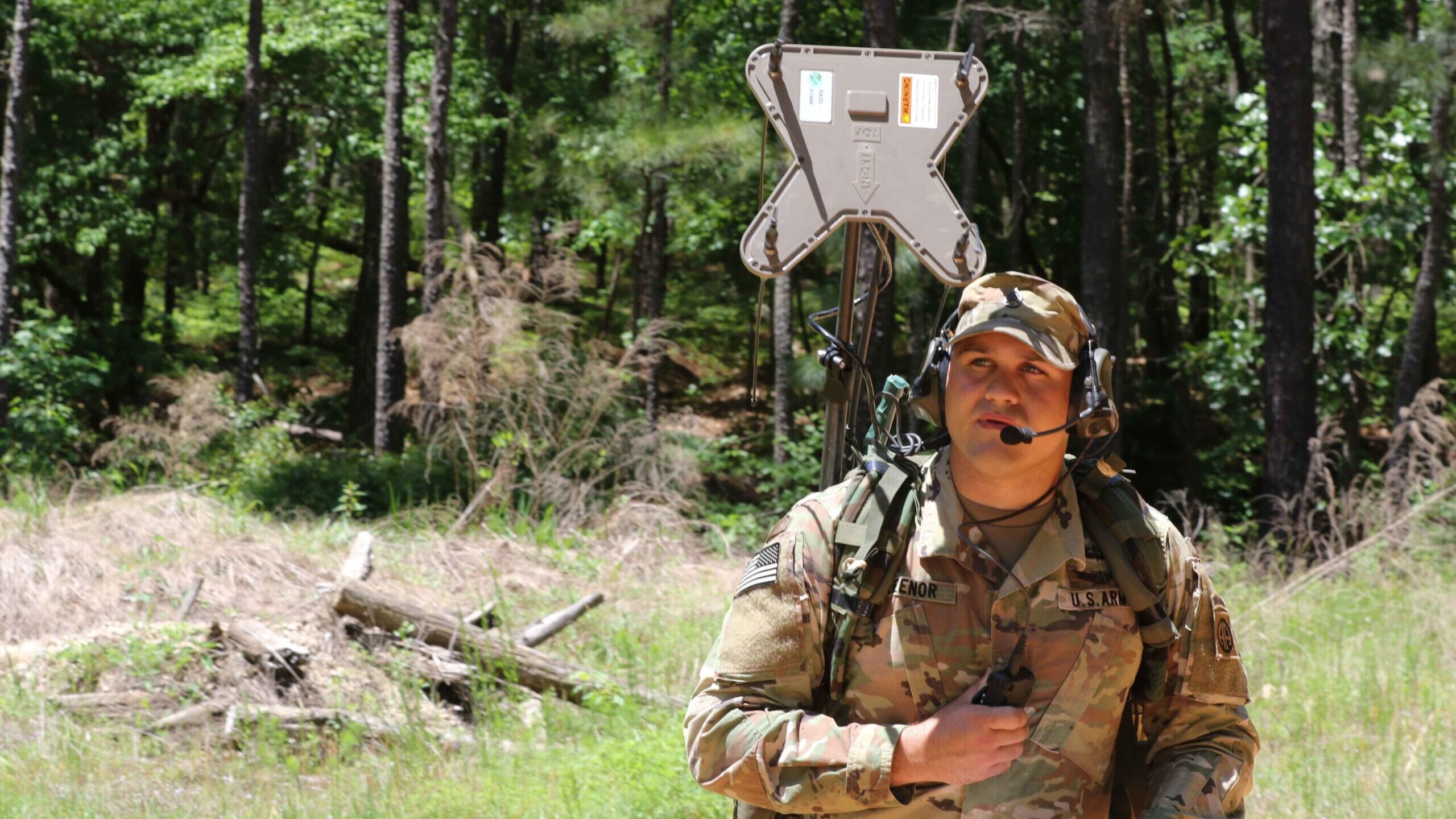

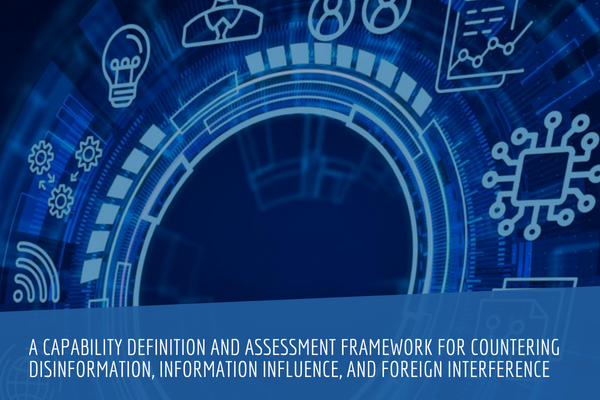

:quality(70)/cloudfront-us-east-1.images.arcpublishing.com/archetype/S5OBSEQZUJBSXN4VP3JD2V7P4Q.jpg)

